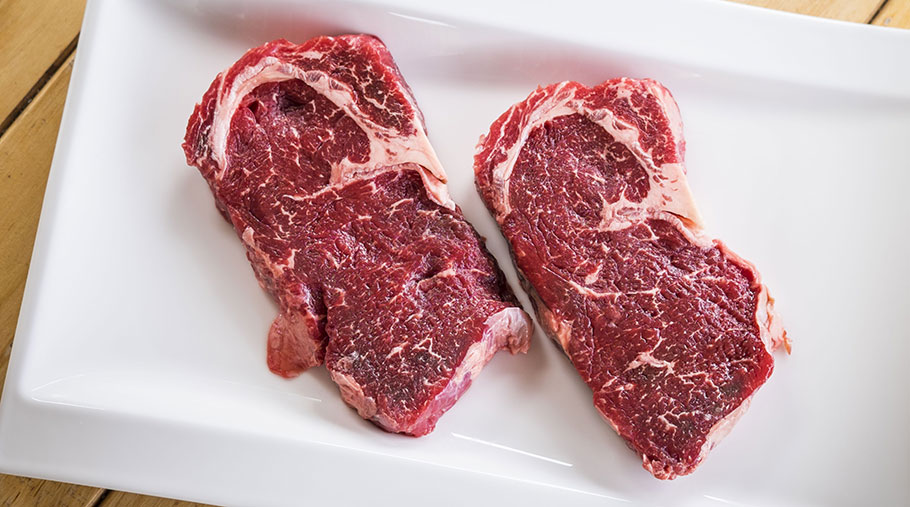New invisible barcodes will help combat food fraud
 © WestEnd61/REX/Shutterstock
© WestEnd61/REX/Shutterstock Scientists are developing spray-on invisible barcodes for beef to combat fraud, which costs the UK food and drink sector an estimated £11bn/year.
The barcodes, which will be edible, can be scanned by smartphones allowing consumers to see details of where their meat came from, what it was fed and where it was processed.
See also: EU crackdown on fake pesticides results in huge haul
Multinational services company, PricewaterhouseCoopers (PwC) are developing the technology in Australia, where it is expected to be available by the end of the year, while being employed in the export market in the next 12 months.
How the technology works?
- Sides of beef are sprayed edible silicon dioxide in the abattoir.
- The spray leaves a unique fingerprint or “crypto-anchor” on the meat which can be scanned and identified by a hyperspectral gun.
- The gun (basically an advanced barcode scanner) shines a light on the spray’s microparticles and reads back its unique wavelength.
- This wavelength essentially acts as a unique serial number revealing the meat’s complete provenance.
- In the future it will be possible for the information to be scanned with a smartphone allowing producers to check the origin of the products themselves.
The technology will eventually be rolled out for dairy and wine products in what PwC describes as a multistep approach to beat fraudsters.
In China alone, it is estimated just 50% of the Australian-branded beef on sale actually originates from the region.
PwC is trialling the technology with Australian beef processor, Vic’s Premium Quality Meat.
Pie-in-the-sky
Anthony Puharich from the processor told Australian news outlet Financial Review he hadn’t been sure the technology would be possible at first.
“It was such a pie-in-the-sky idea when it was first floated,” he said.
“The public will be ecstatic, but there are a lot of people who’ve profited from selling products that aren’t what they claim they are.
“This will enable full transparency of the product’s provenance.”
Mr Puharich added the tracking technology would be employed in packaging to begin with as a stop-gap while the meat spray technology is prepared and passed for regulatory approval for human consumption.
Similar technologies already exist in the pharmaceutical industry for tracking drugs.
